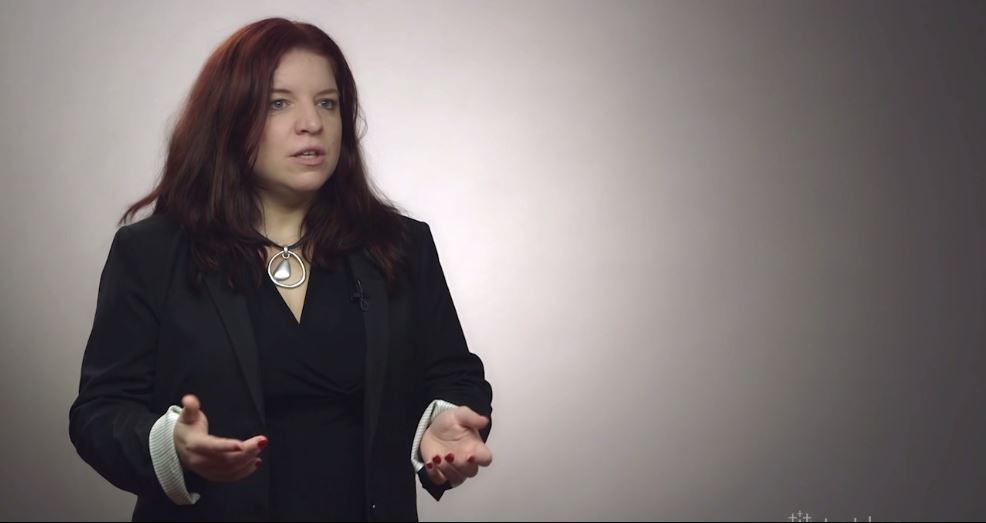SPEAKER: It's interesting because at Deloitte, Tableau was an innovation project. It was almost a Skunk Works deployment where like, hey, let's get this out there. Let's see who's going to use it.
As far as the amount of content that we currently have in our production server, we have a little over 420 projects currently in flight on the production environment. Which has resulted in the over 1,000 workbooks. Currently we're connecting to everything from SAP HANA, SQL Server, Excel spreadsheets, Salesforce. We have a lot of different databases that we play with.
One of the things when you're trying to set up a self-serve environment is you need to make decisions about the security model that you're going to set up. It needs to be robust enough to handle most situations. But it needs to be easy enough to be scalable for thousands and thousands of people.
So what we had to do was make a decision. And the decision we made is that, what we call systems of record, so, our formal repositories-- IT controls access to those. IT controls and creates the views that people access from Tableau to analyze their data.
And then what we do is we leverage Active Directory as our security model. We create a consumer group and a publisher group. And then what we do is that business leader takes ownership of those groups. They own those groups. They add and they delete members.
And within the confines of the project folder, they add and delete content. So the publishers can publish content, they can modify it, they can delete it. And there's another group, the AD consumer group, those are the people that actually consume the visualizations. And it's generally a much broader group.
So now people are able to explore their data and what they traditionally would have done with an Excel model, right? Publish it up in a secure environment, and people can access it without having to have a client on the machine. They just click a link and they access Tableau server. They interact with the visualization. The person that's published it can add some context through concepts, such as storyboarding.
